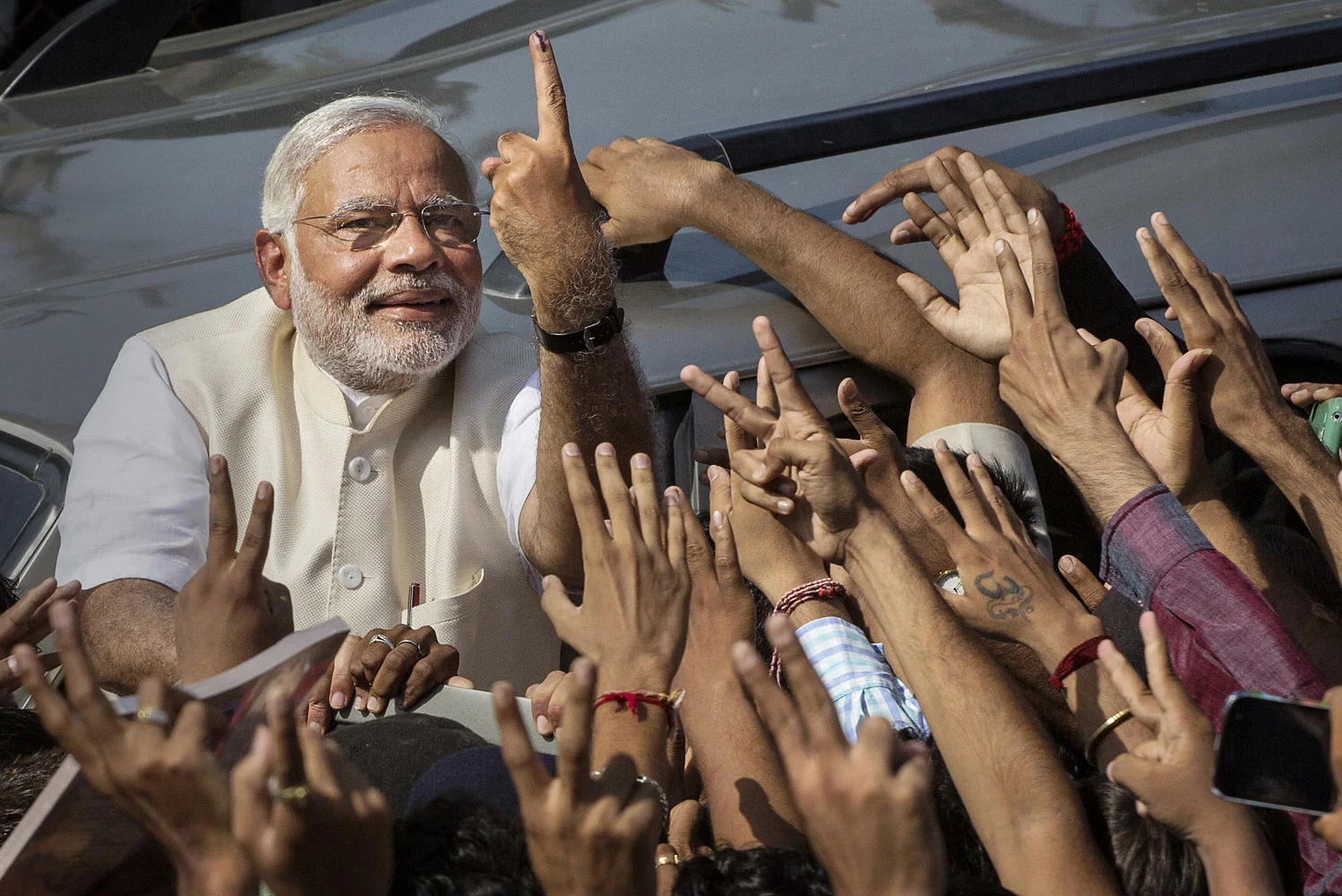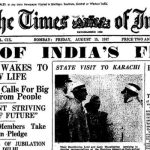India, the world’s largest democracy, follows a parliamentary system of government, where the Prime Minister is the head of government. The election process for selecting the Prime Minister of India is a multi-stage affair that involves the participation of the citizens of the country. In this article, we will delve into the intricacies of how India elects its Prime Minister.
The first step in the process is the general elections. India conducts general elections every five years to elect members of the Lok Sabha, the lower house of the Parliament. The Prime Minister is chosen from the political party or coalition that secures a majority of seats in the Lok Sabha. The election campaign is a lively affair with candidates from various political parties vying for the support of the electorate.
During the general elections, eligible Indian citizens who are at least 18 years old cast their votes to elect their representatives. The country is divided into constituencies, and each constituency elects one Member of Parliament (MP) to the Lok Sabha. The MP candidates who receive the highest number of votes in their respective constituencies are declared winners, and they represent their constituencies in the Parliament.
Once the general elections are concluded, the President of India invites the leader of the party or coalition with the majority of seats in the Lok Sabha to form the government. This leader is usually the Prime Ministerial candidate of the winning party or coalition.
The leader selected to be the Prime Minister then takes an oath of office and secrecy before assuming the role. The Prime Minister holds significant power and authority in the government and is responsible for leading the executive branch, making policy decisions, and representing India on the global stage.
It is important to note that in some cases, a single political party may not secure a majority in the Lok Sabha. In such situations, a coalition government is formed, where multiple political parties come together to reach the required majority. The leader of the coalition with the most seats becomes the Prime Minister.
The Indian parliamentary system allows for a vibrant multi-party democracy, where political parties play a crucial role in the election process. Political parties are the backbone of India’s democracy and are responsible for fielding candidates, forming alliances, and presenting their vision and policies to the public.
The role of political parties in the election process is crucial. They organize rallies, campaigns, and public meetings to garner support and convince voters to vote in their favor. Parties also release manifestos outlining their policy proposals, which serve as a roadmap for voters to evaluate and make informed decisions.
Apart from general elections, the Prime Minister can also be elected from within the party if there is a vacancy due to a resignation or other circumstances. In such cases, the political party in power selects a new leader, who then becomes the Prime Minister.
The Prime Minister’s tenure is not fixed and can be cut short if the government loses a vote of confidence in the Lok Sabha. In such a scenario, the President can dissolve the Parliament, leading to the need for fresh elections.
In conclusion, India’s process of electing its Prime Minister is a democratic and participatory one. The general elections form the foundation of this process, where the citizens of India exercise their voting rights to elect members of the Lok Sabha. The leader of the party or coalition with the majority of seats in the Lok Sabha is then invited to form the government, and the chosen leader becomes the Prime Minister. Through this process, the citizens of India play a crucial role in shaping the country’s political landscape and determining its leadership.
Picture: TIME



